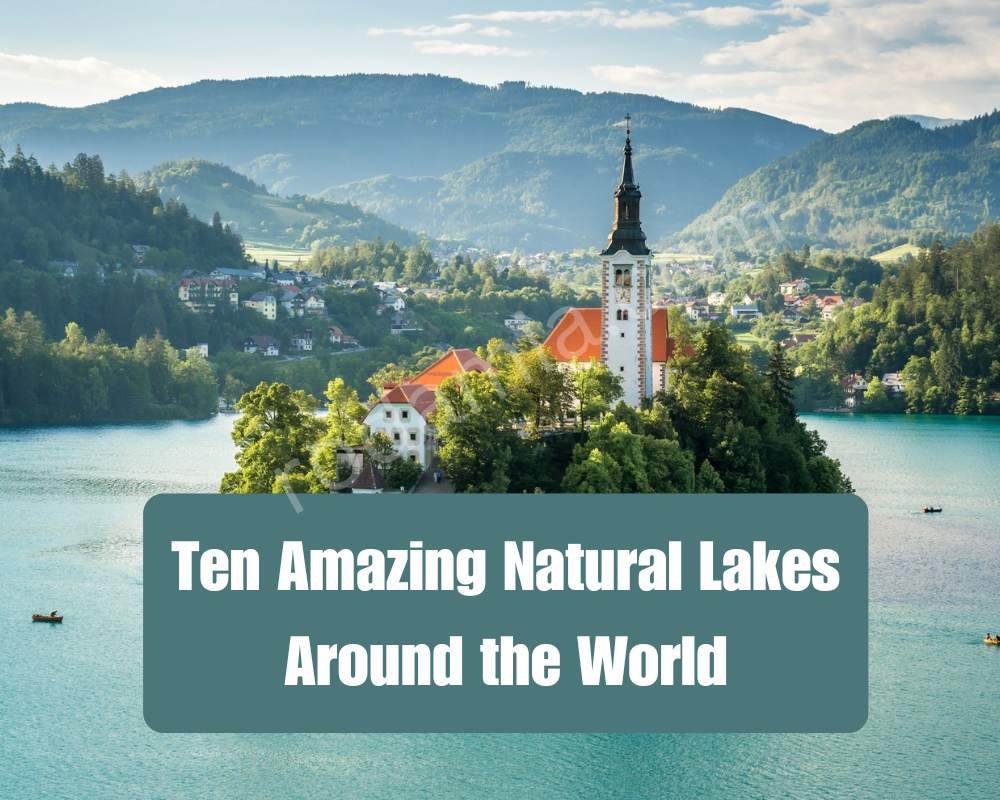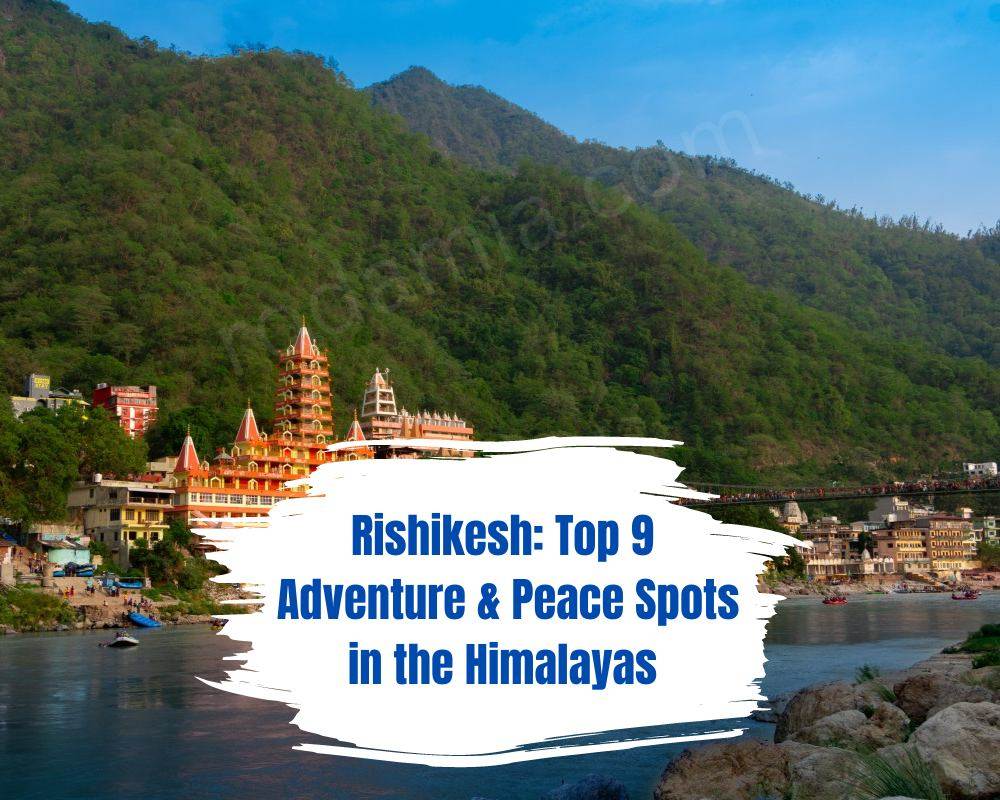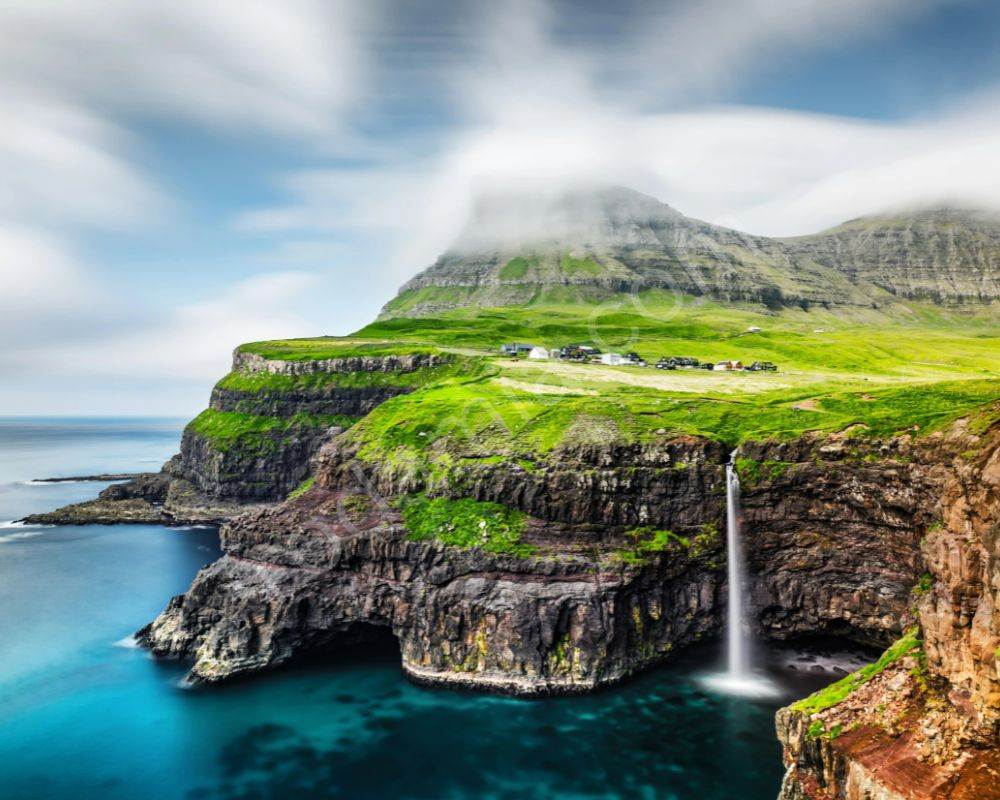Lakes are nature’s true gems hidden amongst other mesmerizing landscapes and thriving with life. Let’s take a closer look at ten truly amazing things:
- Lake Baikal (Russia)
The deepest inland freshwater lake on the planet, reigning the title for 25 million years. In its cradle of the tectonic plates, the basin continues to change, and unaffected by the glaciers for centuries, its icy waters are the source of new life forms. The transparent Native seal of Baikal, the only freshwater seal on earth, moves in layers, while the mysterious Baikal sturgeon, an extinct survivor with origins dating back to the dinosaurs, thrives in nutrient-rich waters.
- Lake Titicaca (Peru & Bolivia)
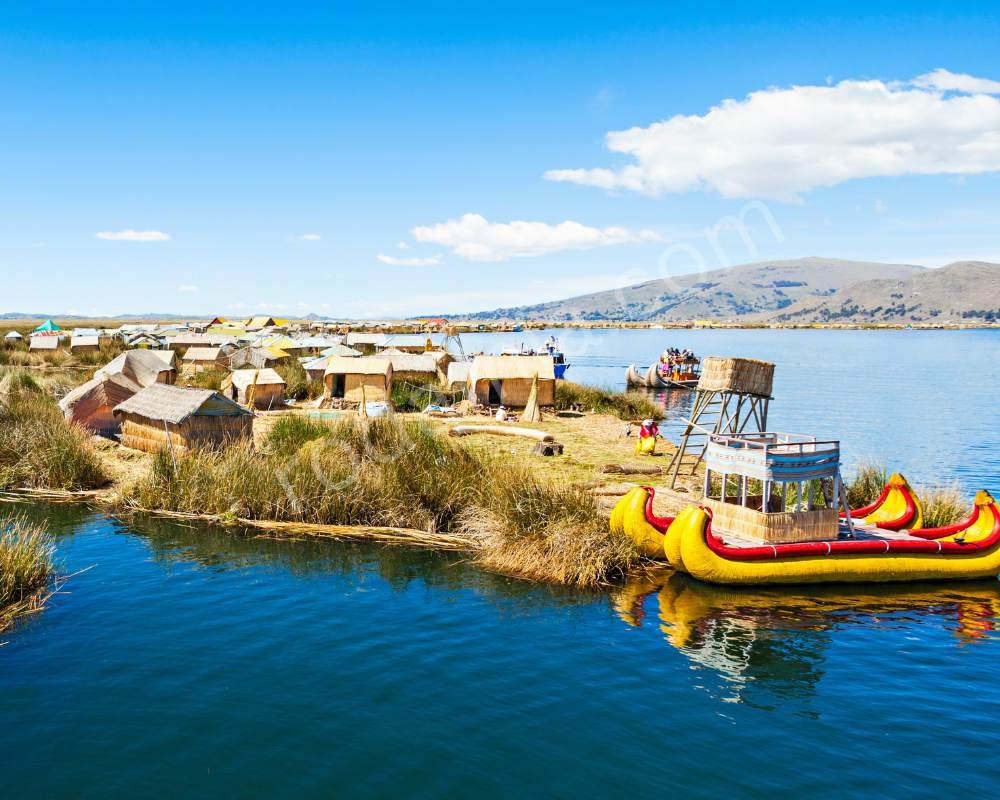
Perched on top of the Andes mountains in a breathtaking altitude of 3,812 meters (12,507 ft) above sea level, Lake Titicaca is the highest navigable lake in the whole world. Its appearance during the history of inland seas and tectonic plates shift comes from its formation. Along with the special high-altitude ecosystem which provides a habitat for highly-adapted animals like colorful Orestias fish which even some of the species have their own hemoglobin to cope with the oxygen-depleted waters. The Titicaca Grebe, with its webbed feet, swims effortlessly on the lake’s surface.
- Lake Malawi (Malawi, Mozambique, Tanzania)
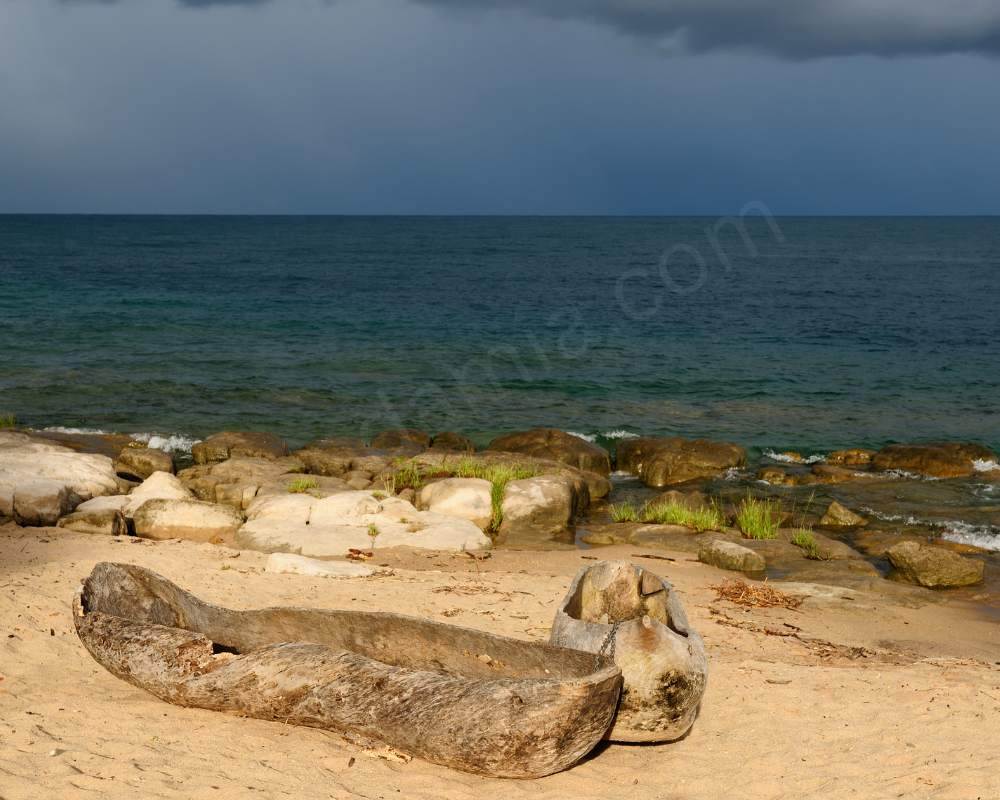
Nicknamed “The Lake of Stars” for the bioluminescent spectacle that shines on its waters after sundown, Lake Malawi is a destination for biodiversity. Being made by the cruelty of tectonic plates millions of years ago, it now provides the cichlid fish family with a home. In its offshore waters, the number of vividly colored species has exceeded 500, which demonstrates that the power of evolution has always existed in the closed ecosystem.
- Lake Crater (Oregon, USA)
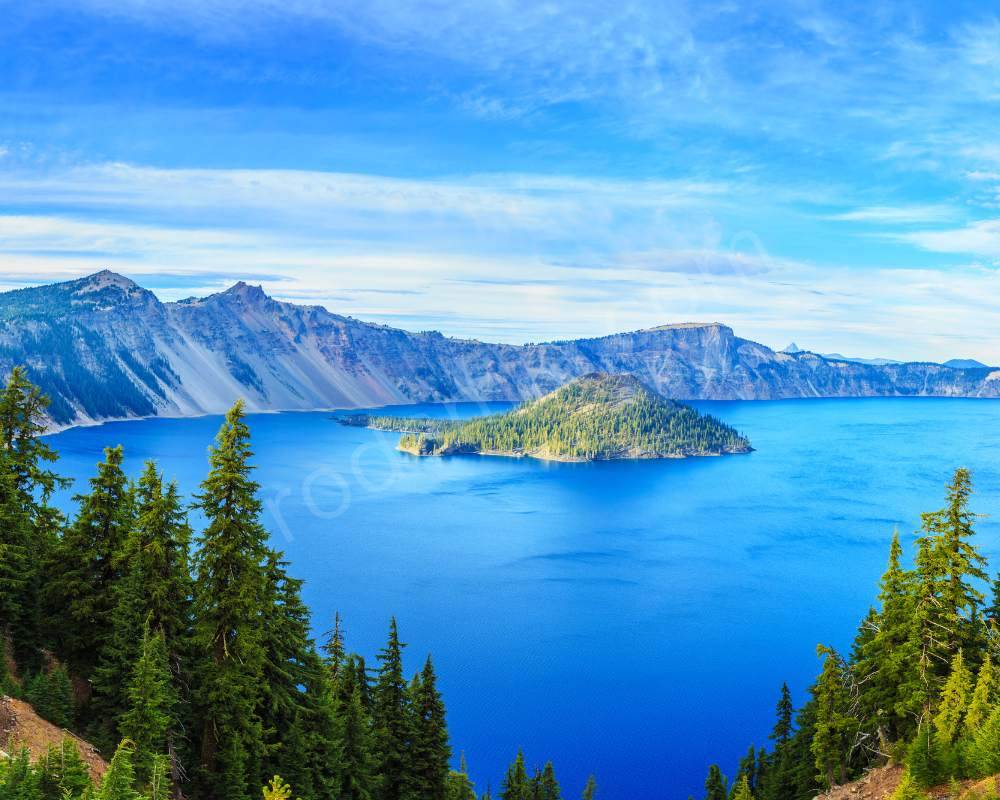
The Lake Crater has stood as the living proof of the enormity of nature as it has been created by the caldera of Mount Mazama that collapsed nearly 7,700 years ago. Since then, rain and snowmelt have accumulated in that giant crater, making a lake known for its outstanding transparency and intense blue color. Rays of sunlight enter the deep water, shines through the forest submerged, the place where the catastrophic explosion took place. Native cutthroat trout and the endangered Oregon spotted frogs look for protection in the lake’s clean waters.
- Plitvice Lakes (Croatia)
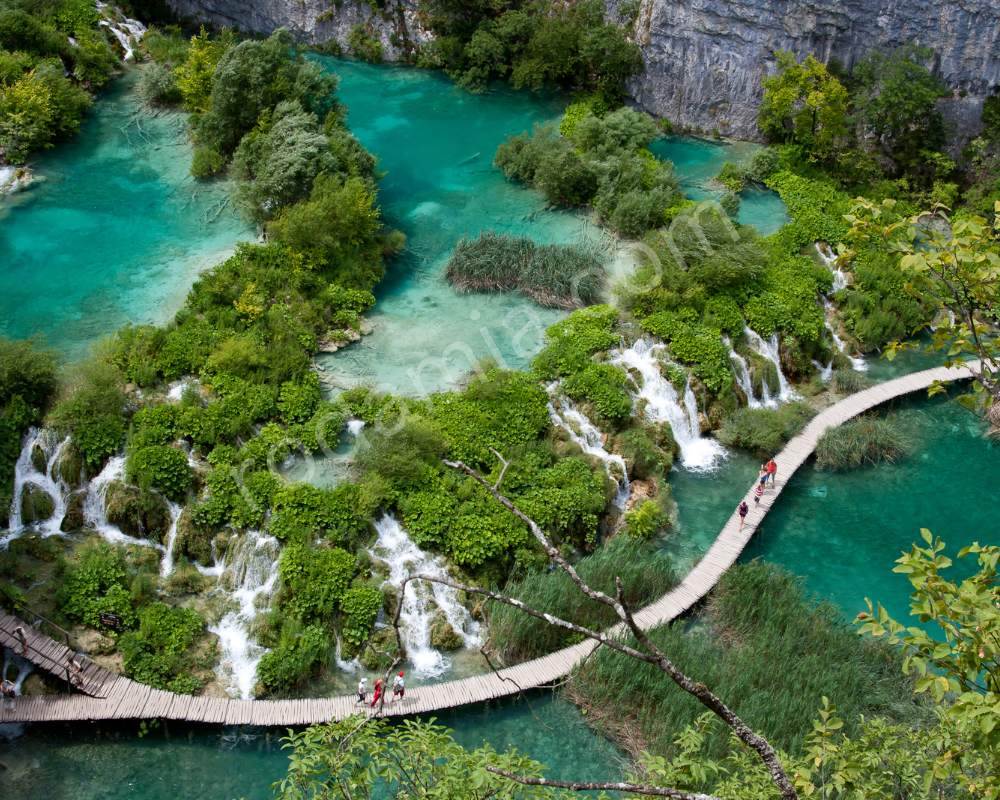
Plitvice Lakes is different than the rest of this list as it refers to a chain of 16 waterfalls connected by streams of turquoise-colored waters. The mineral-rich waters flowing over the karstic limestone landscape for thousands of years left travertine that gave these natural dams, which separate the lakes. This particular type of erosion has created an extraordinary natural scenery: several waterfalls with mossy rocks and sunlight dancing on emerald water. The surrounding beech and fir forests act as a pleasant and shady oasis for brown bears, wolves, and a rich birdlife population including the rare black stork.
- Lake Louise (Canada)
At the heart of Banff National Park stands Lake Louise, a stunning mirror lacquered with the colors of the glaciers surrounding it. The glaciers sculpted the valley at the end of the last ice age, leaving a basin that was filled with meltwater. This particular turquoise color comes from the light rays bending from tiny rock granules in the stream from the glacier water runoff. The surrounding mountains are a habitation of grizzlies, elks, and different fish species such as the lake trout which is popular for recreational fishing.
- Mono Lake (California, USA)
Being at Mono Lake is as close to the universe as one can get because the scenery is like something from the other planet. This part of the ancient sea is an instance of a terminal lake that has no exit for its water. Volcanic activity and the severe desert nature have resulted in an extremely salty lake with high alkalinity similar to the level of seawater. The chemical peculiarity creates organisms specialized in these hardships such as brine shrimp, a minute crustacean which breeds successfully in the rich environment of the lake. Growing tufa spires, which result from the reaction of freshwater springs with alkaline lake water, are an incredible feature of this otherwise harsh scenery.
- Lake Bled (Slovenia)
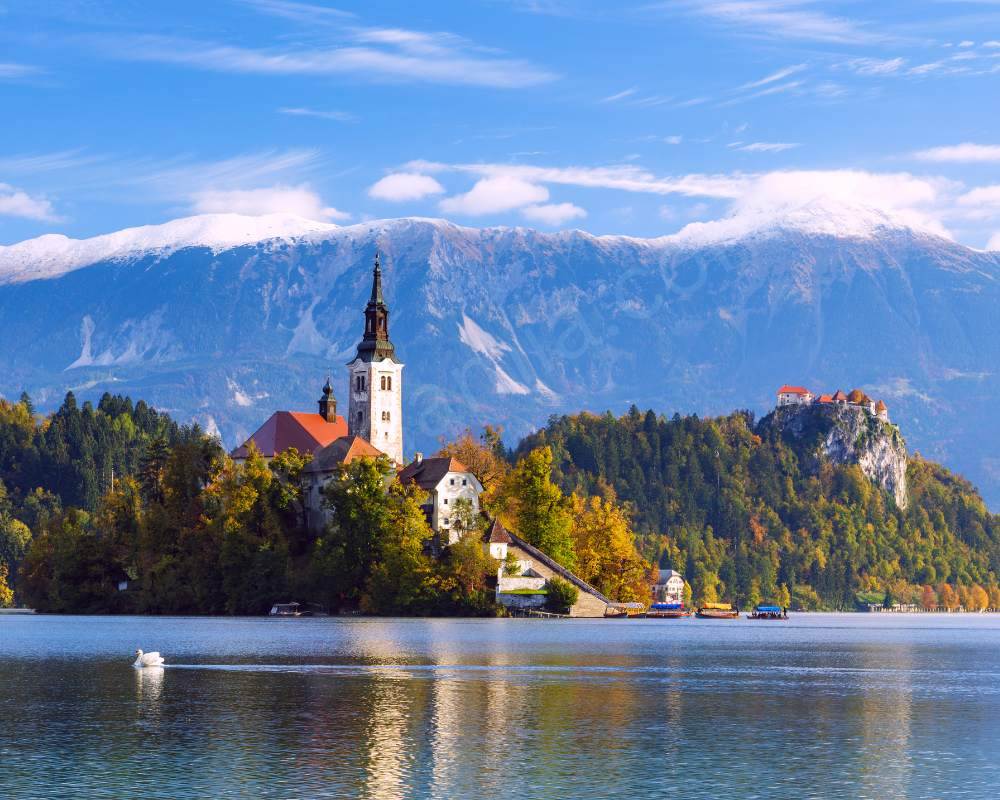
The Lake of Bled in Slovenia is a typical postcard place. The glacial process formed the basin, and there would be a single island, with a charming 17th-century church, in the middle. The Julian Alps that rise from the shores of the lake provide a stunning landscape and shelves plenty of animals. Deers, wild boars, and foxes are found roaming the close-by forests and the clear waters of the lake full of fish like common carp, or rainbow trout, which is really popular with fishermen.
- Manaparoza (Venezuela)
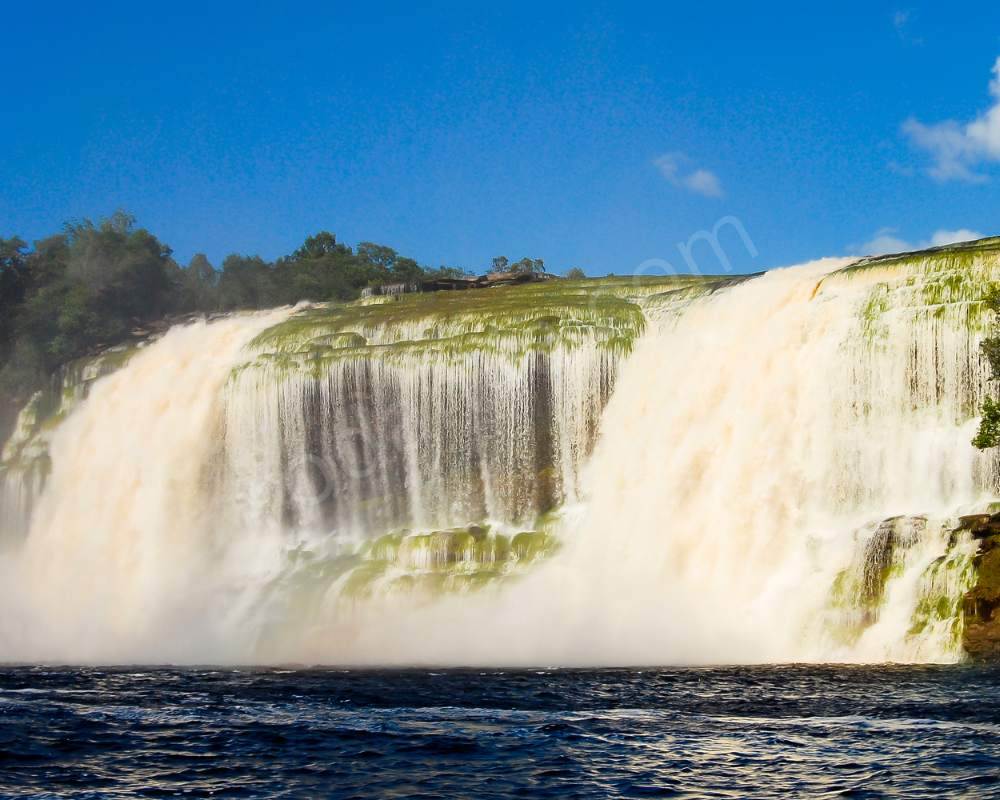
Wrapped in the fog and mystical atmosphere of the tepuis, the shelf-mountain uplands of the Guiana Shield, lies the mysterious Lake Manaparoza. Its isolated position and the various geologic features create the stories of ghosts and legendary beasts. Although the history of the lake remains unclear, scientists believe it might result from an isolated ancient ocean within the Amazon basin that dates back millions of years. The adjoining tepui slopes offer a secure habitat for an assortment of endemic species such as the flightless tepui frog and the carnivorous Brocchinia plant which can survive on a limited supply of nutrients in perpetually wet environments.
Lake Tekapo (New Zealand)
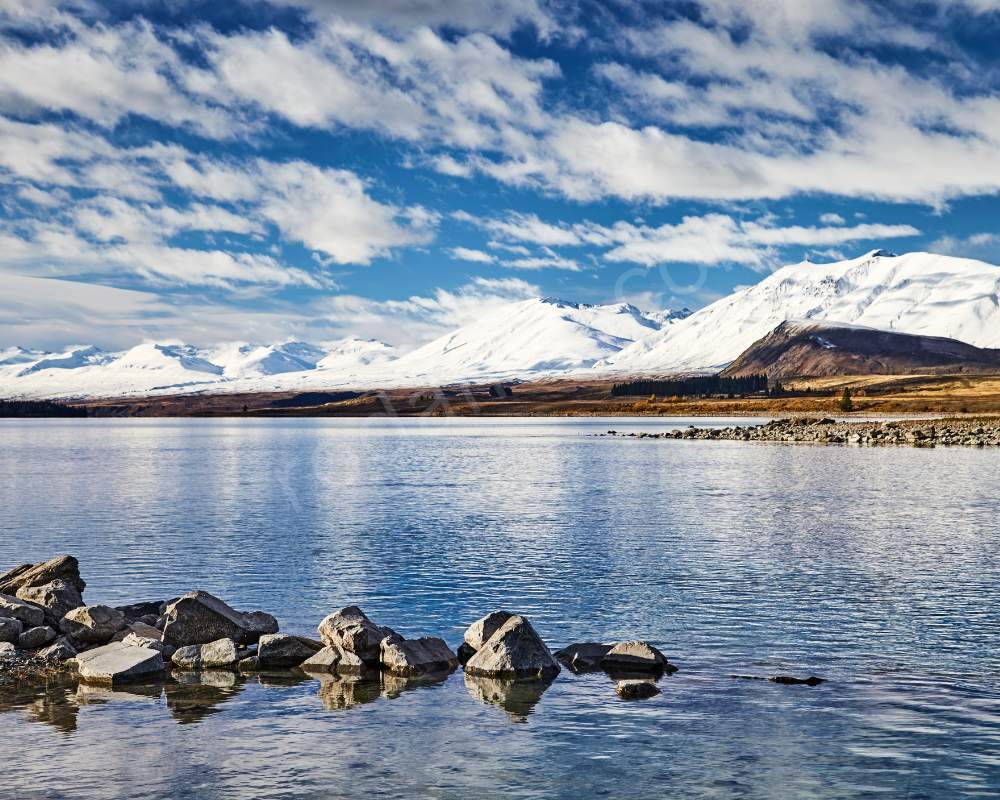
Surrounded by the Southern Alps of New Zealand’s South Island, Lake Tekapo is a dream come true for the sky-gazer. Without excessive light pollution, the Milky Way almost fills the whole sky with enchanting surroundings. The lake itself was shaped by glaciers, and its azure color derives from the fine rock particles suspended in the water. The small Church of the Good Shepherd stands guard on the shore like a symbol of peace and meditation amongst the breathtaking scenery. Although the quantity of fish is relatively low and limited due to low temperatures in the basin, the surrounding Mackenzie Basin provides varied birdlife breeds, including the curious, highly intelligent, and mischievous Kea parrot that is well-known for its antics.
These ten lakes demonstrate the astounding diversity of these freshwater ecosystems. From the icy depths of Lake Baikal to the geothermal wonder of Manapouri, where each lake portrays a beautiful story of geological events, evolution of life, and strength. Thus, the next time you are planning a vacation, think outside the usual one that involves a beach, and explore the amazing nature and the many secrets of the world’s natural lakes.

